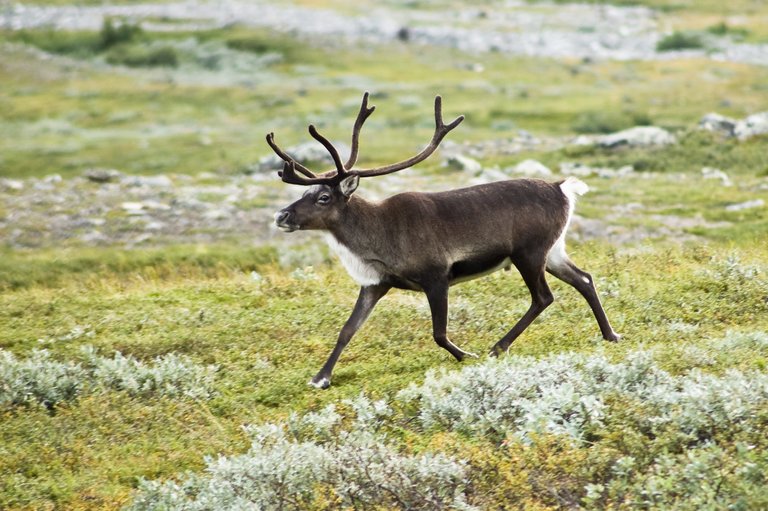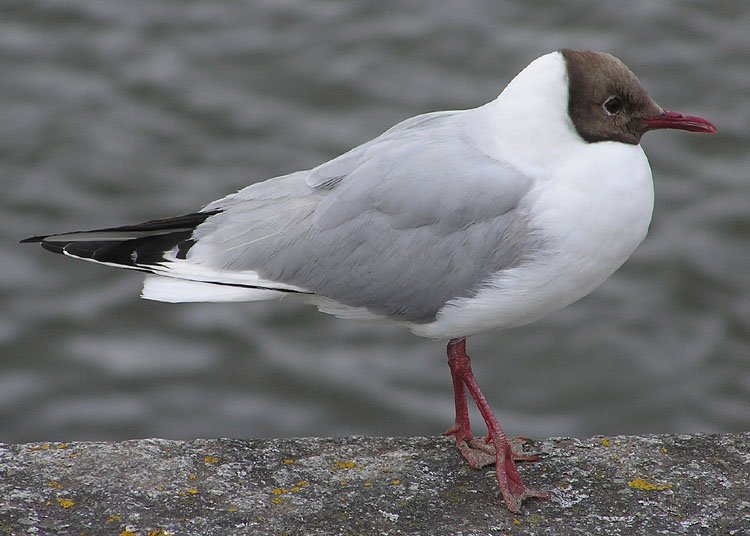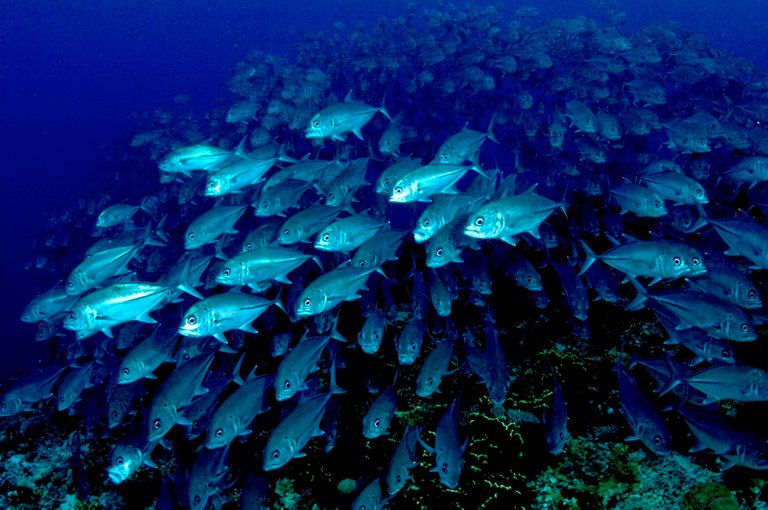Many animal species will prefer to stay in groups, and there are many reasons why this is a good strategy. For this post I want to teach you about the benefits of reduced predation rate in groups. This is a strategy that is deployed by a vast amount of different species, such as in many species of birds, fish, insects and herbivorous mammals. If the species has a high predation pressure, this strategy is often used, and below we will take a closer look at each of the reasons to why grouping up reduces the predation chance.
The benefits below might not be used by all groping species, bust most prey species that group up will benefit from at least one of them. More advanced species will probably benefit from several of the theories below, giving the group a large advantage over individuals that lives alone.
Dilution effect – less chance of being picked by the predator if grouped up
The first reason for staying in a group is that the chance of being chosen for dinner by the predator is lower. We know that there is generally more prey than predators, so grouping up will make it less likely to be picked by the hunter. The exception is if the predation pressure is proportional to the increasing group size, but usually the predation will increase at a lower rate, so the chance to be eaten is lower. This is often the main reason why many species tend to stay in groups, especially species that are mostly defenseless against predators. This effect is known as the dilution effect.
Predator satition
The next reason is called predator satiation, and applies top very large groups of animals. Basically the predators can only eat a certain amount of prey before they are full or do not have any more time to hunt, so if the prey density far outreaches the predator demands, each individual will have a low chance of being eaten. This is commonly seen is schools of fish and huge groups in insects, and is a pretty good grouping strategy. This strategy ensures that most of the induviduals in the group will survive, while a few gets “sacrificed” to the predator.
The Selfish herd Theory
Another way to reduce your chances of being eaten while in a group is by staying in the middle of the group. This works in the level of the individual, but it is obviously not possible unless it is part of a group. Predators are much more likely to attack and kill the animals at the edges of the group, so by selfishly putting yourself in the middle, you will probably not be attacked. The downside to this is that staying in the middle of the group will most likely also mean less food sources, and the animals grazing at the edges of the group will have a much better access to good food sources. This effect is known as the selfish herd theory.

The selfish herd theory is often seen in herds of reindeer (Rangifer tarandus), where the ones in the middle will be safe, but have poor grazing conditions compared to the ones at the edge. Image by Alexandre Buisse, posted with the GNU Free Documentation License.
Predator confusion
Yet another reason why grouping animals have a lower predation chance is that prey often tend to have a lower success chance when hunting animals that are part of a large group, known as the predator confusion. Predators have a hard time to target a single individual prey, and the predator gets confused my all the movement of the group. For some species this type of defense is really good, and might make the predator unsuccessful in getting a meal.
Improved vigilance
The improved vigilance is all about having multiple eyes. Larger groups can have more scouts looking out for predators, and then release an alarm call for the rest of the group. This lets each individual spend less time and energy on scouting, so it will have more time to spend on gathering food. Some species have organized scouting duties where they will take turn to look out for predators, while others will simply expect that at least one of the animals in the group will be able to spot the predator before it attacks. The latter is of course a lot more risky, but is used by animals that cannot afford to spend too much time on scouting, or does not have an evolved social system that allows for “jobs” within the group.
Lots of eyes in the school of fish to look for predators. Schooling fish like these also tend to use the predator confusion when they get attacked. Image by Gordon Firestein, posted with the GNU Free Documentation License.
Fighting back
Some animal species that are typical prey species are actually able to fight back at their predators if their numbers are large. The black-headed gull (Larus ridibundus) will be mobbing crows (Corvus spp.) that attempt to hunt their eggs and hatchlings. If the group is small, the mobbing effect will not affect the crows, but larger groups are able to get them to go away without being able to snatch eggs or hatchlings. This also applies to other species where a single individual is helpless against the predator, but rushing in with a large group can be a good defense. Many species of ants (Formicidae spp.) will do this when an individual gets attacked.

An image of the black-headed gull, which displays mobbing behavior. Image by Adrian Pingstone, posted as Public Domain.
Thanks for reading & sources
Those are all of the main reasons why grouping up tend to reduce predation on animals, so hopefully this explains why many species group up. There are also other reasons that are not linked to reduced predation rate, which I will return to in a post that is coming later (hopefully tomorrow). Anyway, thanks for reading, and don’t be afraid to leave questions in the comment field below. I will try my best to answer all of them!
To write this post, I took basis in my knowledge from chapter 6 of the book An Introduction to Behavioural Ecology by Davies, Krebs & West. I used the fourth edition, but I am sure most of the other editions will have this information there as well. This is a really good book for anyone that wants to learn more about animal behavior, and it is pretty easy to understand even without a lot of knowledge about ecology and biology.
You can also take a look at the Wikipedia entries on anti-predator adaptations and collective animal behavior to learn more about these defense mechanisms.
About the author
Hi, I’m @valth! I live in Norway with my girlfriend, our newborn son, and our two dogs, one of which is seen wearing a bow tie in the profile picture!
I am very passionate about nature and biology, and have been studying ecology for a few years now. My passions are mostly within conservation biology, mycology (the studies of mushrooms), animal behavior and general microbiology. I really enjoy both the theoretical aspect, as well as the more practical aspect of biology, and I spend about as much time in front of biology textbooks as I do spend on finding and identifying plant, mushroom and animal species in the forests.
Make sure to hit the big follow button above to get my posts right in your feed! I get really happy when I see my follower number increase ;)


The term safety in numbers has two meanings. First, large numbers can overwhelm a predator to not even try. Second however, is less desirable. It simply means that your chances of getting eaten is less likely. But some unfortunate soul does get eaten. I've always said; If not for bad luck, I'd have no luck at all. I'd been the one eaten. That why I don't do luck. I rely on my savior Jesus.
Thanks for your comment with additional info to the post :) I completely forgot to add that large groups can scare the predator from even attempting to attack the group, so thanks for adding this info!
Great information; I think they reduce* in the title.
Thanks, I am glad you liked it. And you are absolutely correct, the title is now updated! My english grammar can be a little messy at times, so I appreciate the feedback :)